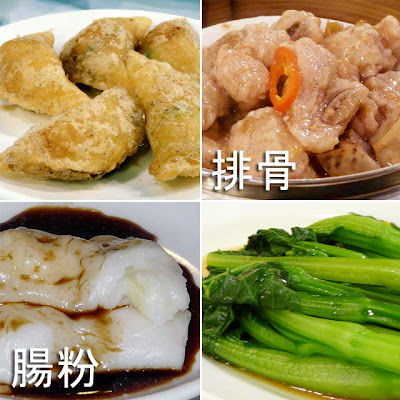 Macau
Macau has a lot of heritage that few tourists visit. Many of them are even
UNESCO World Heritage Sites. During one of the days, we did an off the beaten track exploration of Macau. That included shopping for fresh ingredients at
Macau's Red Market.

We started our morning by trekking up to
Jardim Luis de Camões (Camões Garden) to watch some of the morning activities of the locals. It was quite amusing seeing a lot of exercise machines installed in a good number of open spaces in Macau (if those were in Manila, I could imagine seeing them in junk shops) because they want to encourage physical fitness among the locals.
 Camões Garden
Camões Garden is a popular recreation place especially for senior citizens. When we arrived, the senior citizens were playing some games while another group was doing their morning
tai chi. As we walked down, we saw a teacher practicing some lines of Chinese opera with his student. Near the front entrance of the park, there were pet birds in really nice bamboo cages, with the owners chatting amongst themselves. We found out that many locals took their pets seriously. Imagine taking birds in cages for a walk?

After our visit to the market, we visited
Guia Hill where you could find the
Fortaleza da Guia 東望洋炮台, a military fort, chapel, and lighthouse complex which is inscribed in the
UNESCO World Heritage List. Not that many tourists visit the place owing to its distance from the major tourist areas. But it's worth the visit, especially with its grand view of Macau.
One way to get up the hill is by the
Guia Cable Car. They charge MOP/HK$3 per person for one way and MOP/HK$5 for return tickets. But it will also entail some walking from the cable car station to the opposite end of the hill to get to the Guia Fortress. But that of course beats going up and down the steps. You can actually take a cable car going up and walk going down the other route which is what we did.

The
Guia Fort and the
Capela de Nossa Senhora da Guia 聖母雪地殿教堂 were constructed between 1622 and 1638 after the Dutch had made an unsuccessful attempt to capture Macau from Portugal. The
Guia Lighthouse was built between 1864 and 1865.


The next morning, we visited a newly-restored
UNESCO World Heritage Site, the
Mandarin's House. Our coaster dropped us off at
Lilau Square.
Largo do Lilau, another UNESCO-inscribed site, is part of the old Christian quarter where the Portuguese first settled in Macau. The area has some interesting architecture with its Portuguese style buildings.
Near the square is the Mandarin’s House, a traditional Chinese-style compound which gives visitors a glimpse into life of aristocrat Chinese under colonial rule. The Mandarin's House is actually the residence of eminent modern Chinese thinker
Zheng Guanying and his father
Zheng Wenrui.

After exploring the house, the group proceeded to
Penha Hill, another place offering grand views of Macau and Mainland China, especially
Macau Tower. If the
A-Ma Temple was where Chinese sailors paid homage before embarking on a trip, the
Penha Chapel served as the pilgrimage place for Portuguese sailors before leaving for long journeys.

If you do go to Macau, and have some time to spare, you might want to include its gardens, parks and hills in your itinerary. The views are stunning. I remember visiting both Guia and Penha Hill in 2005 by foot!
I didn't expect to be in Macau twice last month. And I was quite amused of the prospect of going again this month, but plans changed. So that ends my Macau series for now. Time to talk about neighboring Hong Kong.






















